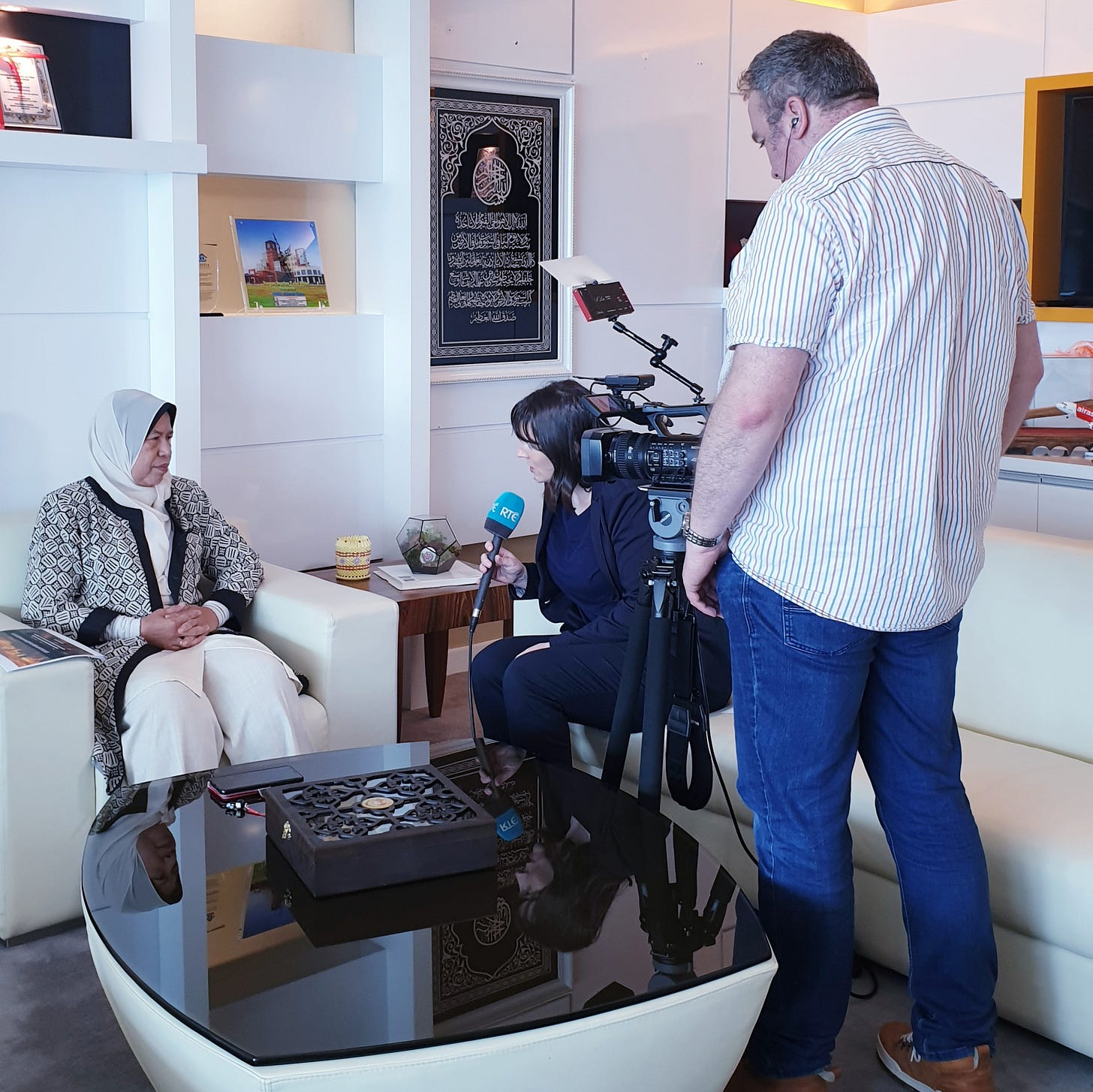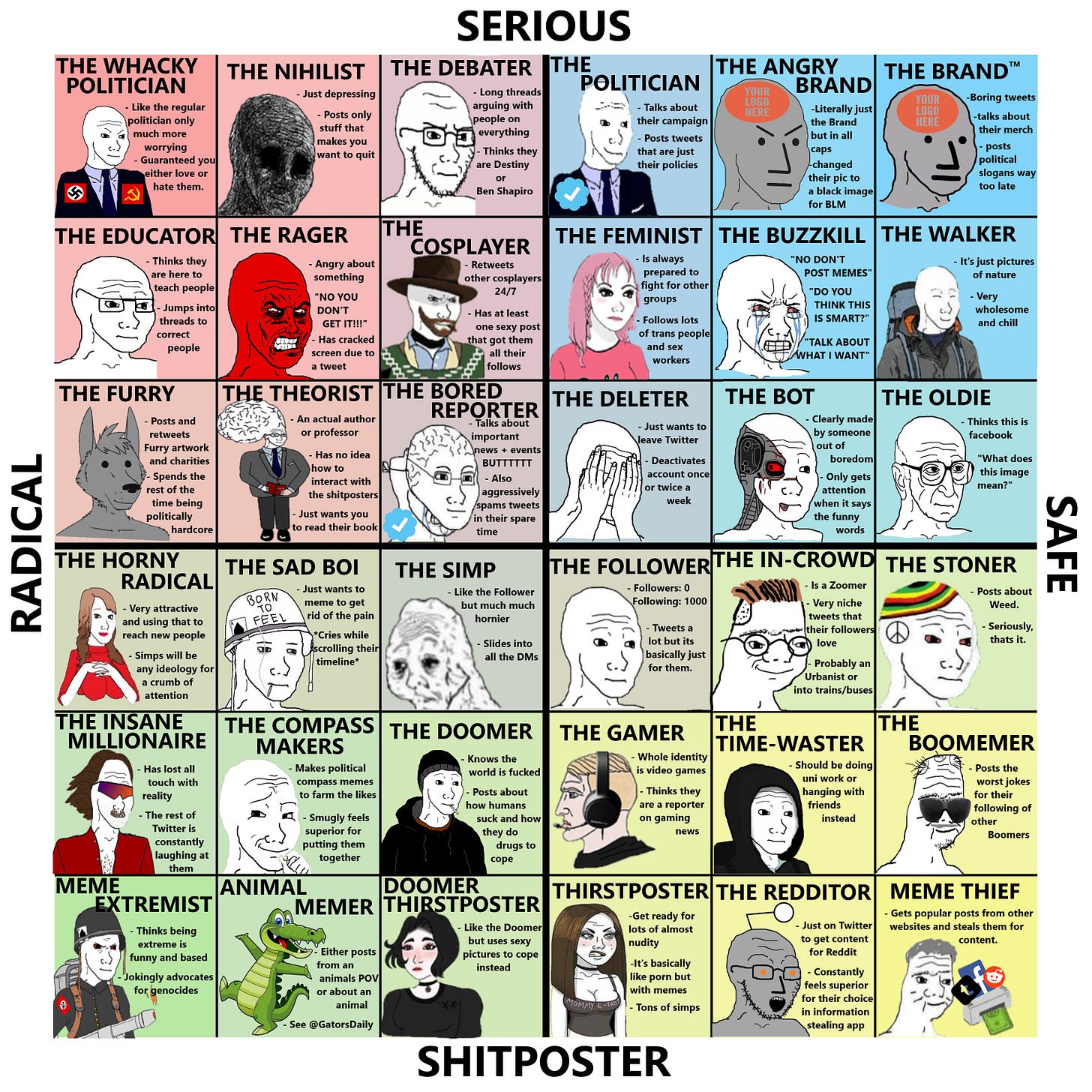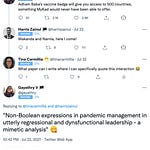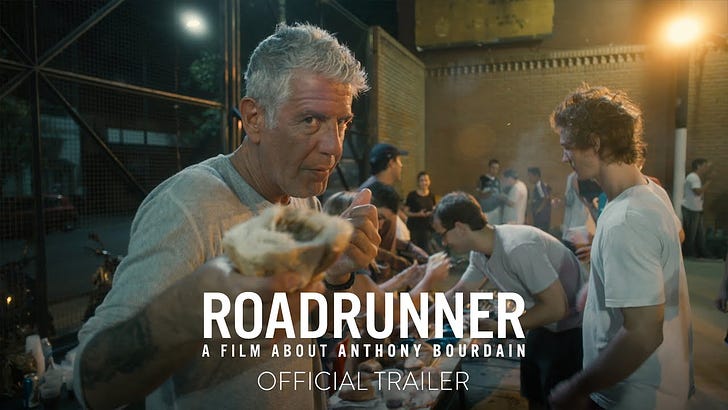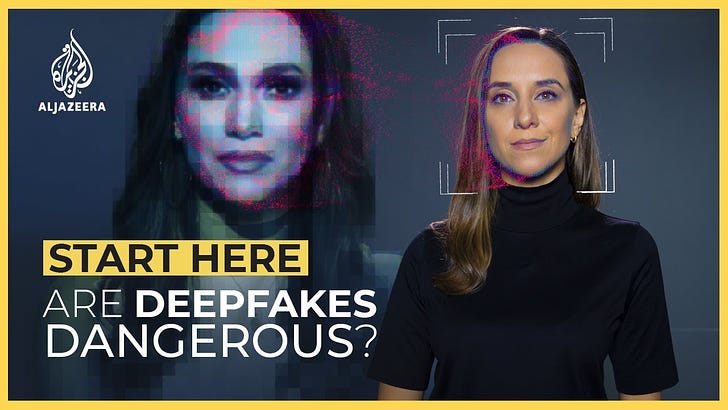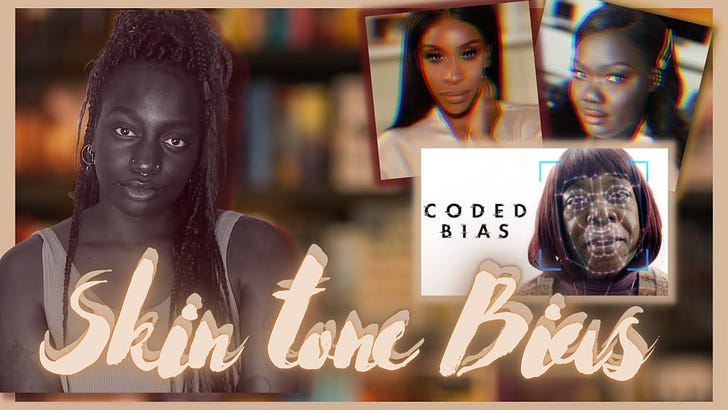Nothing is black and white
Joshua Benton for The Atlantic: A Wikipedia war over Kamala Harris’s race is a sign of what’s to come.
Nisha Chittal for Vox: The Kamala Harris identity debate shows how America still struggles to talk about multiracial people.
Faye Flam for Bloomberg: The odds of catching COVID-19 on a flight are slim. Arnold Barnett, a professor of management science at the Massachusetts Institute of Technology posted his results as a not-yet-peer-reviewed preprint. But you need your cards – or rather your seat arrangements – dealt the right way.
Nate Silver for FiveThirtyEight: It’s way too soon to count Trump out. FiveThirtyEight puts Trump’s chances of winning the Electoral College at 29 per cent. “This is considerably higher than some other forecasts, which put his chances at around 10 per cent. (If this gives) you a sense of deja vu, it may be because they’re very similar to our final forecast in 2016,” the year Trump won.
INSERT 100PT SPLASH HEADING HERE
There’s an incestuous, self-referential discourse among journalists, they reinforce each other’s perspectives and end up misunderstanding the world.
— Kishore Mahbubani, academic and former diplomat.
Despite currently not working as a fulltime journalist to maintain relative objectivity while studying Malaysian media practices, I still take on freelance assignments for the foreign press.
All reporters are journalists, but not all journalists are reporters. Some journalists are editors and photographers, correspondents and anchors, and so forth. In the simplest terms, reporters typically break the news, they gather information from verified sources and report hard facts – the ‘first draft’ record of an event. The best examples of this are newswire services such as Reuters and AP.
The next layer to this news item is then taken by other journalists, usually with specialised beats – business journalists for a finance angle, for example – for a beat-specific treatment of investigation or analysis. They are usually accompanied by experts and commentators. We often observe this in large news outlets such as the BBC and CBC. While they also break stories, they are not typically the first to do so when it comes to global events and tend to be better known for their in-depth coverage.
An additional layer to the treatment of the same story is the examination of how fellow journalists report the story. You see this in morning shows when presenters discuss the front pages of the morning’s newspapers. There are also programmes such as The Listening Post on Al Jazeera and Pressing Matters on BFM that scrutinise the media industry’s practices and offer a critical take at journalism.
I have never been a reporter. I straddle the second and third categories. Which is why when initial headlines ran with variations of “Kamala Harris is the first black woman to be picked on a major party ticket,” after Joe Biden announces his VP pick, I questioned the accuracy and appropriateness of the race label. Now the headlines acknowledge her mixed heritage, using instead terms such as a woman of colour, black and Indian/South Asian, African American and Asian American, and so on.
And when the Reclaim Her Name project by Women’s Prize was announced and applauded without critical evaluation, I simply asked: Who are they reclaiming for? Or is it yet another misguided white feminism ‘empowerment’ – this denial and removal of self-agency of dead people who cannot speak for themselves?
The “insularity of discourse” referenced in the quote above has long been around in the Western-dominated journalism world. Diversity and inclusion aren’t enough. Decentralising narratives may be key. It explains why now, through social media networks that provide the “peer-to-peer … collective space of audience participation,” we are observing stronger critical media literacy. And that is good news.
What I read, watch and listen to…
I’m reading Neil Singh’s long read column on The Guardian, Decolonising dermatology: Why black and brown skin need better treatment.
I recommend my Malay translation of Jules Rahman Ong’s article for New Naratif, Berita Palsu dan Retorik Anti-Pelarian di Malaysia. (The original English version is available on-site.)
I’m listening to Rose and Rosie: Parental Guidance.
I’m watching Ally Hills reviewing Flat Earth music. I didn’t realise that was a whole music category, but there’s something for everyone: pop, 90’s rock, indie, rap, country… you name it. Every facial expression and involuntary sound she made while making this video (and every single time she just gave up on words), I can relate to. It’s incredible. See it for yourself:
Chart of the week
On Twitter, @GutianGang posted this Twitter user spectrum chart. Which one are you? And can you guess which one am I?
Fakta, Auta & Data #6: Wacana Bersilang
Kadang-kadang apa yang berlaku apabila kita tidak membicarakan sesuatu isu secara bersilang (intersectionally), kita menanam benih untuk ketidakadilan sistemik yang kemudiannya menimbulkan masalah yang sangat rumit sehingga memerlukan perubahan radikal. Kita boleh melihat contohnya dalam perkauman sistemik yang kini muncul sebagai bias perkauman dalam teknologi pengenalan wajah atau Perang Wiki di halaman Kamala Harris yang mempertikaikan identiti kaumnya.
Jadi, walaupun tulisan saya lebih kepada hubungan antara disinformasi, data dan demokrasi, saya masih membincangkan politik ras, jantina, budaya pop, dan lain-lain. Di permukaan, anda mungkin tidak melihat bagaimana ianya semua berkaitan atau bagaimana ianya saling mempengaruhi. Tetapi maklumat dan teknologi tidak wujud dalam vakum. Apabila maklumat baru, atau teknologi baru diperkenalkan, kita tidak boleh menganggapnya sebagai sesuatu yang yang unik, tidak tercemar dan suci, tetapi ianya harus diperiksa dengan mata kritis, dan apa yang mengarut harus dihentam sebelum ianya menjadi begitu terselit dalam versi manifestasinya yang kemudian.
Saya rasa saya harus menjelaskan hal ini, kerana walaupun saya rasa ianya jelas, kadang-kadang, saya tetap ditanya mengapa saya tidak memfokus sahaja pada “bidang pengajian” saya. Sebenarnya ini semuanya termasuk di dalam bidang kajian saya.



